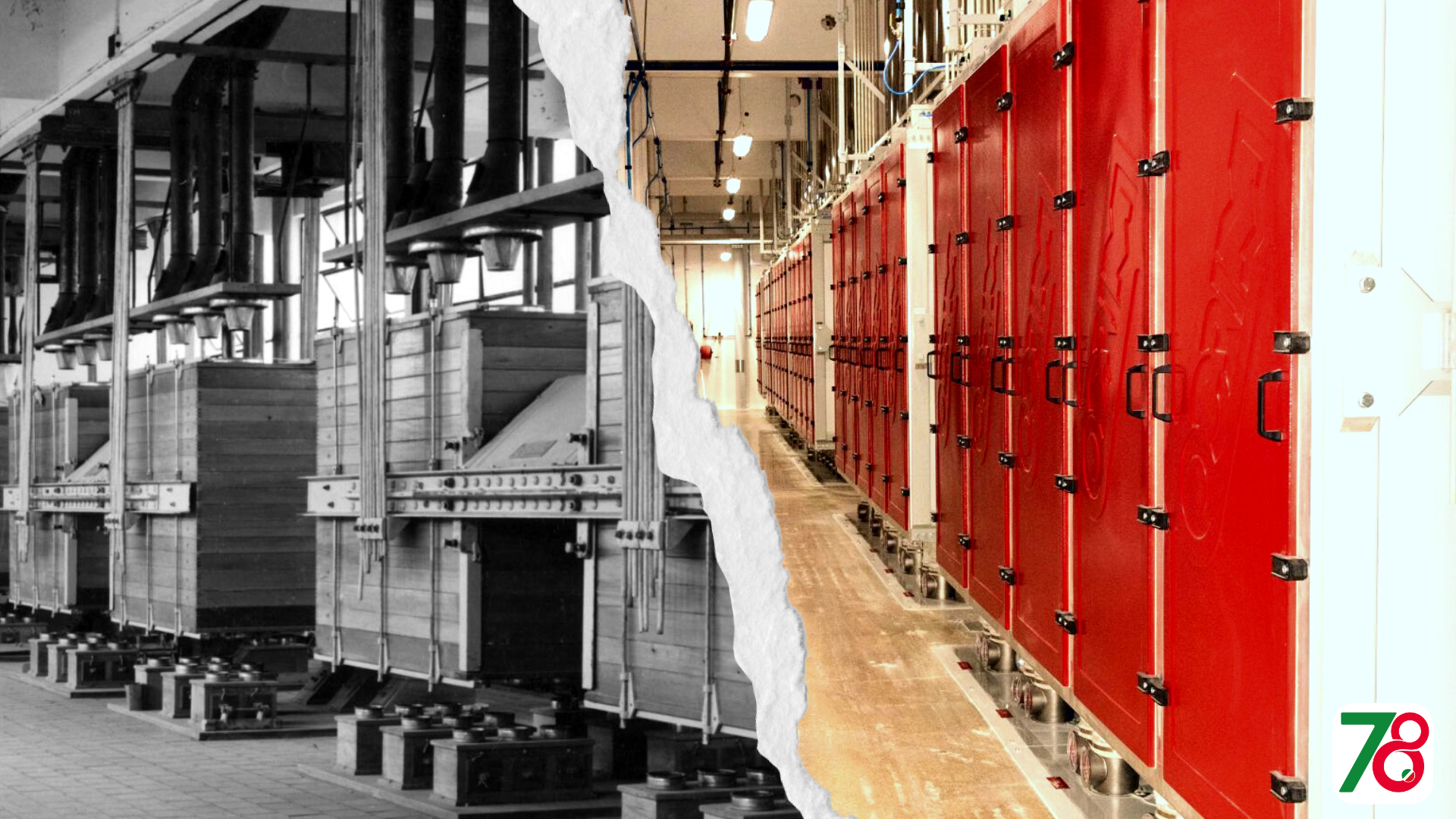Second only to the rollermill, where the wheat grain is ground, the sifter, commonly known by its German term ‘plansichter’, is the most important machine in the mill. It sifts, separates and classifies the flour, which is already finished, from intermediate products that require further processing. Looking back over the various evolutionary stages of the plansichter, we can say that it represents one of the main innovations in the history of wheat milling, because it allows the construction of increasingly high-performance milling plants in terms of both technology and layout. And it is thanks to the modern technology of this machine that we can now produce flours and semolina to meet the demands of today’s market.
Distant Origins
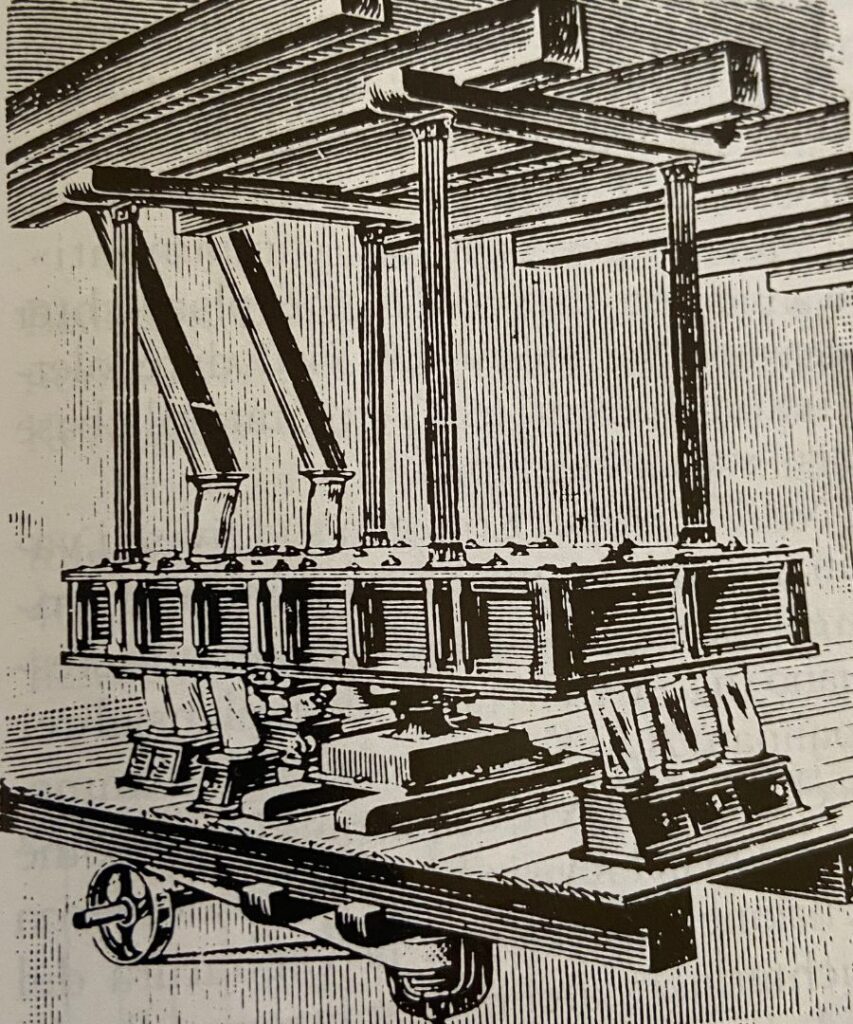
In prehistoric times, and for a long time, wheat was eaten whole. Then, as eating habits evolved, man began to break the grain up coarsely. From these rudimentary attempts at grinding, the first trials of manual sifting began in Egyptian times with sieves made from papyrus. Another landmark dates back to 2000 B.C. where some peoples separated the bran from the flour before baking it. ILater, the Romans replaced papyri with perforated hide and began using rotating, slightly inclined hexagonal sifters. We can therefore say that the swinging hand sieve was the first true ancestor of the plansichter. In the 1300s, a primitive shaking device was applied to the sieve, which, thanks to a crank handle, considerably reduced the fatigue of the sieve worker. The evolutionary process continued, albeit slowly, until a breakthrough happened in 1887 when Hungarian Karl Haggenmacher patented the first plansichter, conceiving his multiple oscillating sifter on the principle of hand sifting. However, it took about ten years before the machine began to spread and much longer for many more transformations to arrive at the modern Plansifter
Ocrim Plansichters, From the 1950s to Today
IOver a period of more than 70 years, OCRIM’s R&D department has designed countless plansichter models to offer machines that are able to meet the increasingly specific demands of the market. Many aspects have been gradually improved by finding solutions to reduce the footprint, to optimise the driving force, to increase food safety by adopting state-of-the-art materials while ensuring the highest machine efficiency. Below are the models that have marked the main stages in the technological evolution of Ocrim plansichters
The 1950s
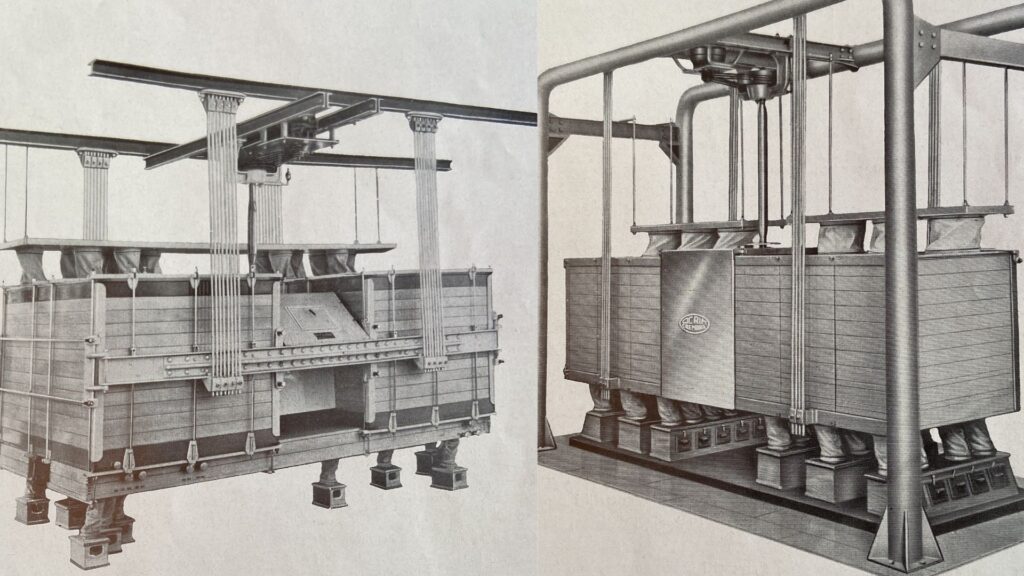
There were basically three forefathers of today’s plansichters: the normal, free-swinging plansifter, the giant, and one for Superior mills. Unlike the machine designed by Karl Haggenmacher with a single, narrow and long bin, they were made up of two compartments, each of which was formed by a group of independent wooden sieves, individually held together by tie rods. The machine was suspended from the ceiling by Indian shoot canes and connected to the mill’s central suction system to prevent the holes of the sieves from clogging, and to cool the products. The crushed grain, placed in the bins, fell onto a distribution plate and sifted through different screens to be sorted by quality and variety according to the flow sheet setting. The BS model was reserved Superior mills and also had a special collecting-sorting trough that allowed waste or products of the same quality and size from different channels to be conveyed to a single outlet.
A next evolutionary step was reached not much later with the high performance BARN (medium) and BARG (giant) plansichters, which offered the advantage of simplifying the milling flow sheet, allowing rational mills with safe and perfect operation built using a sieve surface reduced by 50% compared to that of conventional plansichters. Among the many technical and aesthetic improvements made, it is worth noting the elimination of the sieves’ feed blades, a solution that made it possible to better regulate the separation of products and achieve an output equal to that of plansichters with twice the surface area.
The 1960s
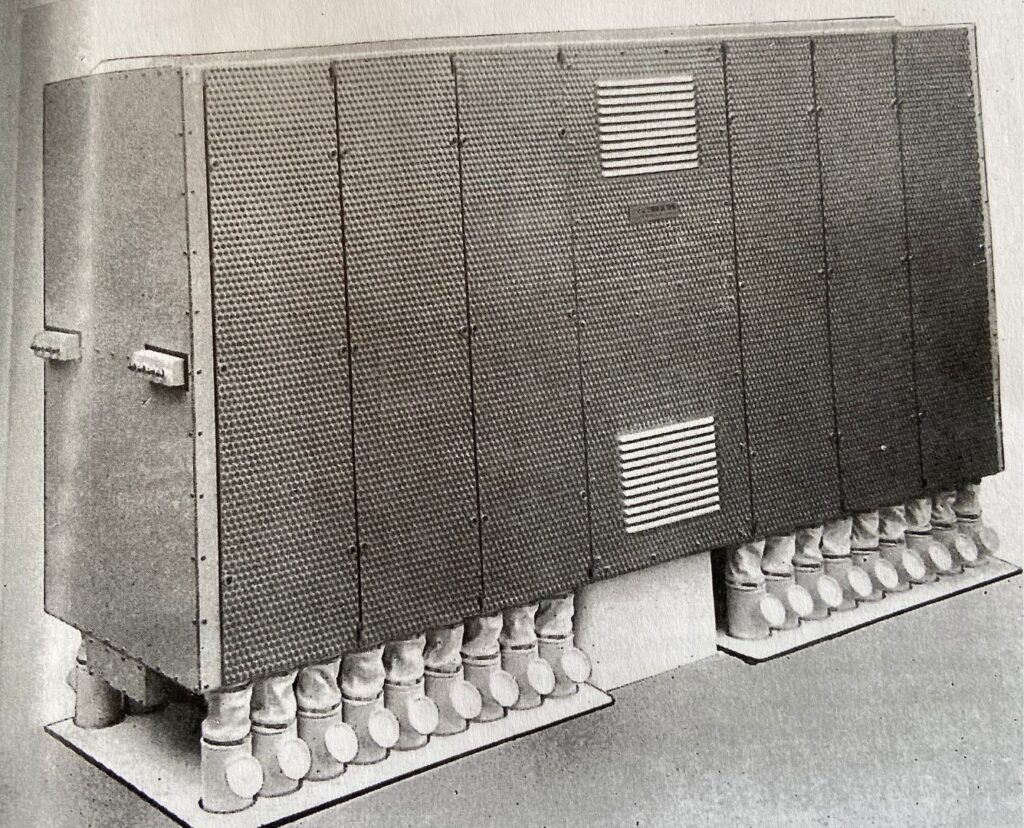
The 1961 Milan Trade Fair was the occasion to launch four new machines – ‘Ocrim 61’ – including the BK Metal Plansichter (high-performance plansifter with draw rods), given this name because the sifters were inserted inside a metal body. It was a great success due to the novelty of the interchangeable draw rods arranged on metal rails of unified dimensions, the patented watertight system and the square proportions that took up less space. . On the other hand, at the 1964 edition OCRIM presented the BQ model, a metal machine clad externally in stainless steel and offered the advantage of using only three machines for the sifting needs of a 100-tonne mill.
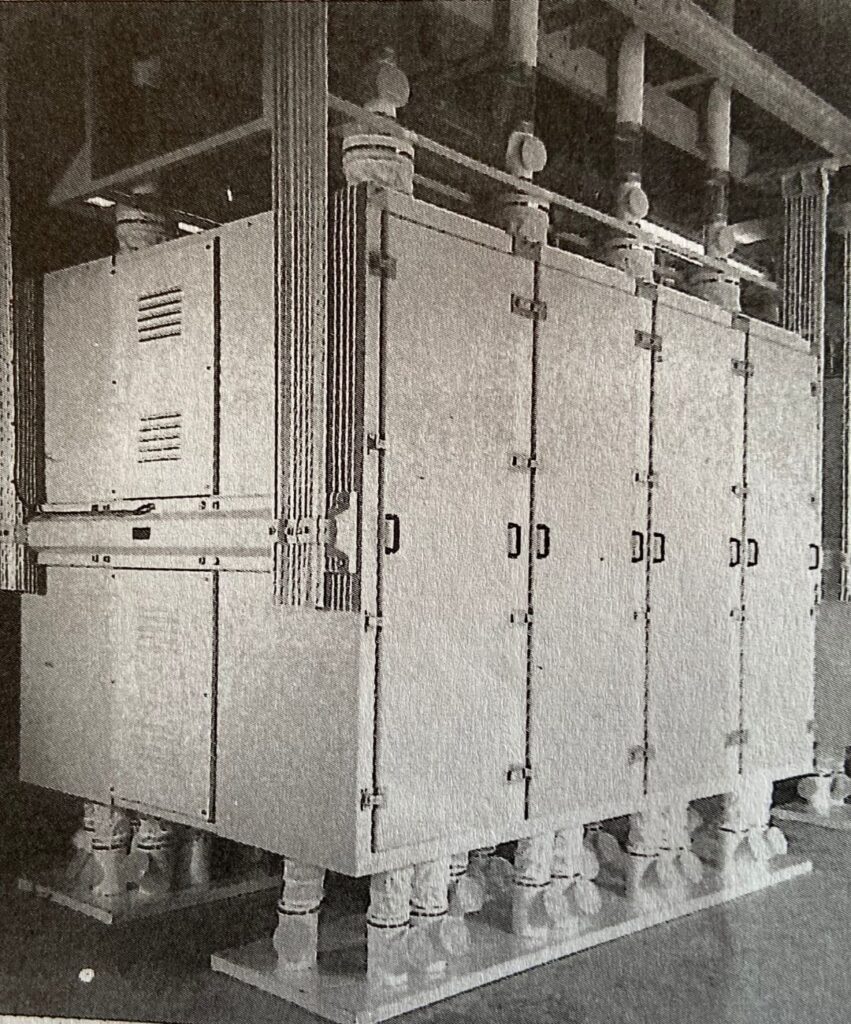
The 1980s
With the new BQG series, the machine was divided into three elements for easy transport and assembly: a central body and two side cabins-channels. The BQG-A model, a giant square sifter, was equipped with standard sieves with a unified cross-section of 650×650 mm. The super giant square SFL model was equipped with standardised sieves with a unified cross-section of 750×750 mm, with a net sieving area of 0.402 m2,233% larger than the BQG- BQG-A.model This range was the forefather of the current SFI models that represent the most advanced technological innovation..
Today
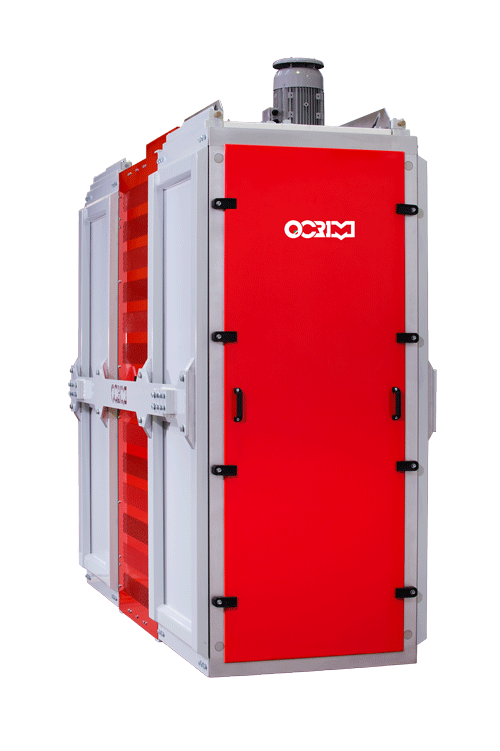
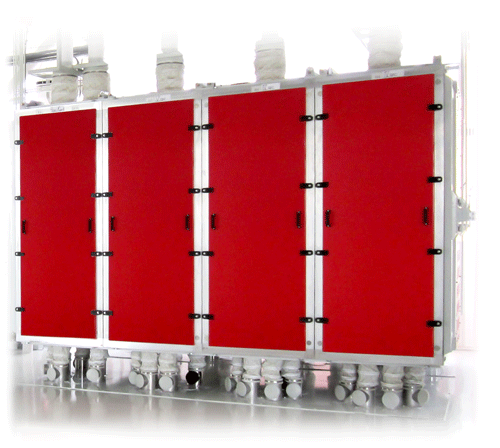
Technological and material developments over the years have made it possible to achieve plansichters that are increasingly accurate in classifying different products, as well as efficient and reliable in terms cleaning. In the current SFI/S, SFI/L and SFI/M models, all materials in contact with the product are certified as food-grade and tested to ensure maximum results. The care of the details that make up a channel take into account all aspects of construction, production and maintenance. For example, the cabin panels provide the necessary insulation to prevent condensation even in passages where temperature and humidity conditions are critical. An optional ‘antimicrobial’ version of sieves is available, as well as the fully automatic sieving system for speed and ease of use.
All these features make it possible to achieve food safety standards that were once unimaginable.



